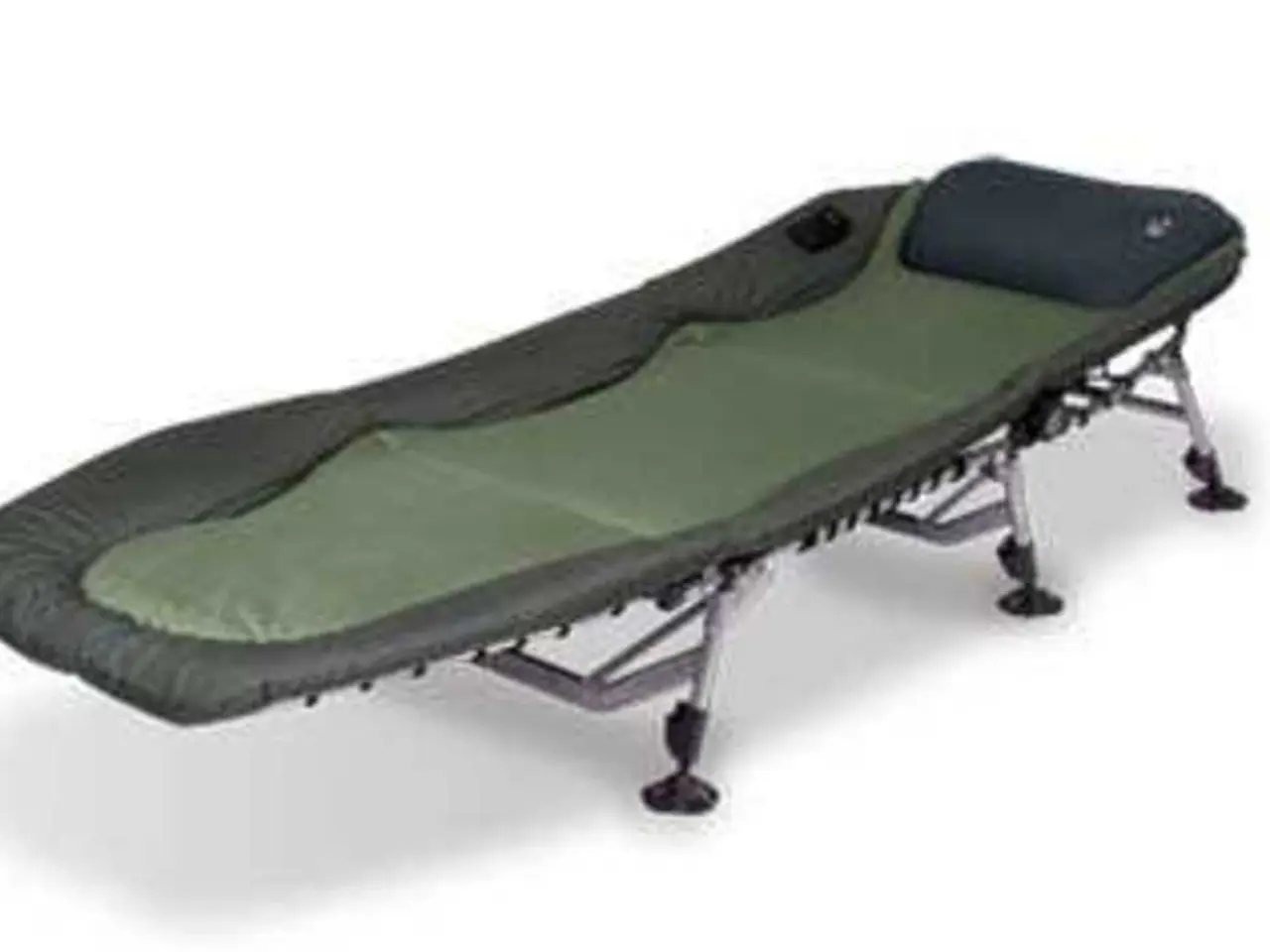Suffering from sciatica? Give nerve flossing a shot for potential relief
Nerve flossing, a gentle exercise technique, is gaining popularity for its potential to alleviate upper and lower limb pain. This technique involves a series of controlled movements that aim to release tension in nerves, improving their mobility and reducing irritation.
The nervous system needs to adapt to mechanical load when training, and nerve flossing can help prepare it for this. By elongating, sliding, changing cross-sections, angulating, and compressing nerves, this technique enables them to glide more freely through surrounding tissues, reducing tension and improving range of motion in affected limbs.
For lower limb pain, particularly sciatica, nerve flossing can be particularly beneficial. This nerve pain, which starts in the lower back and travels down the leg, can be relieved by freeing the sciatic nerve so it can glide smoothly as muscles and joints move. Typical exercises involve controlled movements that lengthen and shorten the nerve path, such as seated leg extensions combined with coordinated neck movements to gently tension and release the nerve.
Upper limb pain, such as that caused by cervical radiculopathy (nerve compression in the neck), can also be addressed with nerve flossing. This technique can relieve nerve tension and associated symptoms like radiating pain, numbness, tingling, and weakness along the arm and hand. Exercises specifically target irritated nerves by stretching and strengthening tight muscles around the neck, helping restore mobility and reduce pressure on the nerve roots.
Incorporating nerve flossing into a workout routine can provide several benefits. Performing nerve flossing exercises as a warm-up or cool-down can improve nerve mobility and reduce discomfort during or after other physical activities. Using controlled, repeated movements, such as 20-30 repetitions, that gently glide the nerve through its anatomical pathway without causing pain, is key. Combining nerve flossing with stretches to restore flexibility and with strengthening exercises to support proper posture and muscle balance is also recommended.
Daine McKibben Rice, a sports therapist and the owner of Validus Sports Injury Clinic, advocates for the use of nerve flossing. With a BSc and MSc in Sports Therapy, and experience working with some of the biggest names in Hollywood and professional sport, McKibben has seen first-hand the benefits of this technique. He advises starting slowly, building up intensity gradually, and allowing time for adaption when beginning with nerve flossing.
In conclusion, nerve flossing is a gentle, evidence-supported technique that can reduce upper and lower limb nerve-related pain and improve function by enhancing nerve gliding, decreasing irritation, and contributing to better movement patterns during workouts or daily activities. It is best performed under guidance initially, especially if nerve pain is severe, and integrated into a comprehensive physiotherapy or exercise plan tailored to individual needs.
- Yoga, with its emphasis on flexibility and mental health, can be an effective complement to nerve flossing as both practices aim to reduce tension and improve range of motion.
- Incorporating proper nutrition into a health-and-wellness plan that includes nerve flossing and fitness-and-exercise routines can help optimize recovery and minimize fatigue during workouts.
- Therapies-and-treatments like massage therapy or physical therapy can further support the benefits of nerve flossing by addressing muscle tension and facilitating nerve mobility.
- For athletes looking to enhance their performance and prevent sports injuries, incorporating nerve flossing into their fitness-and-exercise routines may provide additional benefits, such as improved range of motion and reduced discomfort during high-impact activities.




